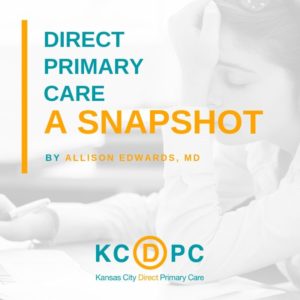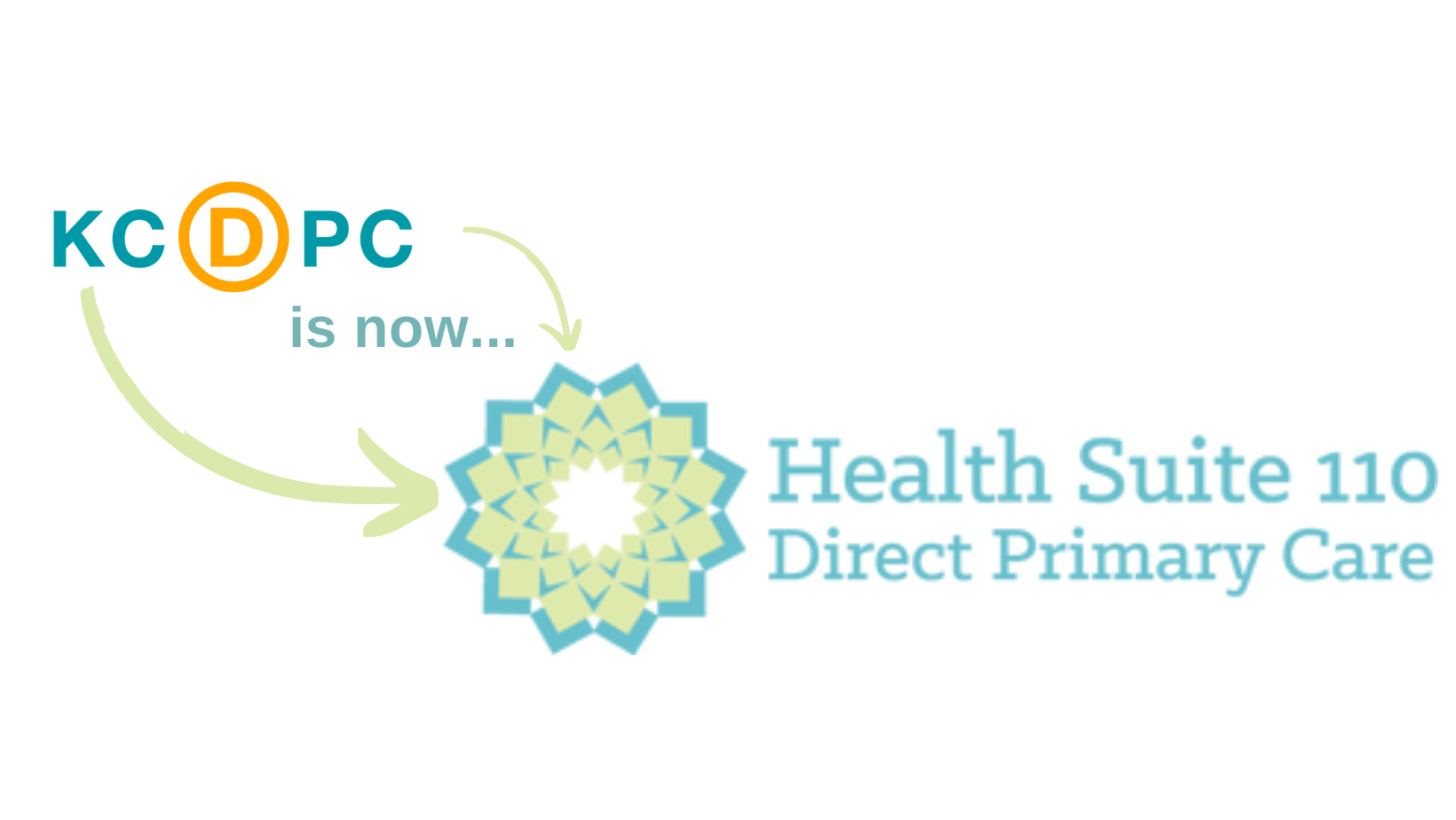 Direct primary care is hot right now. Super hot. From medical students to practicing physicians, it seems every family physician I talk to is interested in learning more — and there’s still a lot to learn about the model. Those of us in DPC practice are a disparate group of rag-tag, trailblazing physicians who’ve hung out a very particular shingle. We’ve each set up shop in ways we think best serve both our practice style and the patients in our care. We’re a motley crew.
Direct primary care is hot right now. Super hot. From medical students to practicing physicians, it seems every family physician I talk to is interested in learning more — and there’s still a lot to learn about the model. Those of us in DPC practice are a disparate group of rag-tag, trailblazing physicians who’ve hung out a very particular shingle. We’ve each set up shop in ways we think best serve both our practice style and the patients in our care. We’re a motley crew.
And as we grow, more and more entities are trying to wrap their heads around the movement. In that vein, the AAFP recently shed some light on DPC practice in its 2018 Direct Primary Care Data Brief. Conducted by surveying physicians in DPC practices and those interested in the model who had interacted with the AAFP (via the DPC member interest group, Member Insight Exchange, and/or attendance at the DPC Summit), the survey yielded responses from 398 physicians, 148 of whom actively practice in DPC.
The brief paints an interesting picture:
- The vast majority of DPC practices represented in the survey are in their infancy, having been open three years or less.
- They’re also still growing. Only 17% reported a full patient panel (the average panel size was 345 patients, and the average target was about 600).
- The majority of respondents in DPC clinics charge individuals $50-$75 per month and families less than $175 per month.
- Eight-seven percent of surveyed DPC practices do not charge a per-visit fee.
- Roughly 80% are either currently participating in or are negotiating employer-based contracts.
That last fact is especially interesting; as a practicing DPC physician, part of the beauty of DPC for me is that — as noted by one survey respondent — “The patient is my boss.” I work directly for my patients; they’re the ones signing my paycheck, so to speak.
Employers provide the vast majority of Americans their health insurance, and although direct primary care is health care and not health insurance, many Americans think of these terms interchangeably. Combined with the fact that employers are looking to cut health care costs in any way possible, an employer-direct primary care partnership seems like a natural, almost inevitable fit.
 But once we, as DPC docs, start working for employers — and not our patients — we run the very real risk of changing our behaviors to address the employers’ concerns and not the direct concerns of our patients. Often, third-party payers want data and metrics reported, but are they asking for the right ones? Are their goals and objectives in line with those of our patients? Does an employer know how to assess the quality of a primary care practice? Do they know how to intelligently assess their return on investment in the partnership?
But once we, as DPC docs, start working for employers — and not our patients — we run the very real risk of changing our behaviors to address the employers’ concerns and not the direct concerns of our patients. Often, third-party payers want data and metrics reported, but are they asking for the right ones? Are their goals and objectives in line with those of our patients? Does an employer know how to assess the quality of a primary care practice? Do they know how to intelligently assess their return on investment in the partnership?
This is important. I was honored to be one of the opening plenary speakers at the AAFP National Conference of Family Medicine Residents and Medical Students this past July in Kansas City, Mo. I spoke, along with four other family physicians from diverse practice settings, to illustrate the varied career paths we can take as family docs. The excitement in the packed auditorium was palpable.
After my talk, I stood outside the auditorium, the large windows behind me revealing the evolving downtown Kansas City skyline, and spent time talking with the students and residents, hearing their questions and feeling their excitement. Although I wasn’t sure where the other speakers had made camp after the event, it felt like we had a quite a significant group assembled to just chat — candidly — about direct primary care. After 45 minutes, I had to cut off the conversation and invited them to keep in touch and to attend a few other DPC-related sessions during the conference. Those sessions, too, were flush with young doctors and students.
Reflecting on my conversations with these students and residents, I see they’re excited because in DPC, they see hope. They see hope for a future where they can actually care for their patients without the intrusion of third parties. They see hope for autonomy in treating patients. They see hope for family and balance and control of their schedules so they can attend school plays, go to the dentist, and take their kids to soccer practices or piano lessons — without compromising care. They see a full spectrum of practice limited only by the breadth of their training. They see caring for a broad scope of conditions without having to make knee-jerk referrals.
In an era where we continue to wring our hands about the future of the primary care workforce, we need this excitement. And when I say we, I mean all of us — as clinicians, as family physicians and, frankly, as patients. We need students to see primary care as the amazing, exciting and boundless profession that it can be, where we can execute on the dream that brought us into health care to begin with: to help people. We all need this, because we need primary care to thrive if we want a robust health care system in the future.
As our nascent DPC model grows and swells, I have to remind my peers in DPC — and those in traditional, third-party-billing practices looking to transform in meaningful ways — that the most important element of DPC, and what makes it so exciting, is the “direct” part. We care directly for patients — at relatively affordable rates, without copays and with more and more practices opening as time goes on. Whether you’re a physician well into your career or a student or resident moving through the DPC pipeline, the model is growing. As more and more practices open and grow and more of us work with employers, let us not forget that our loyalties must lie with the patient and only the patient. It’s the heart of what makes DPC work.
